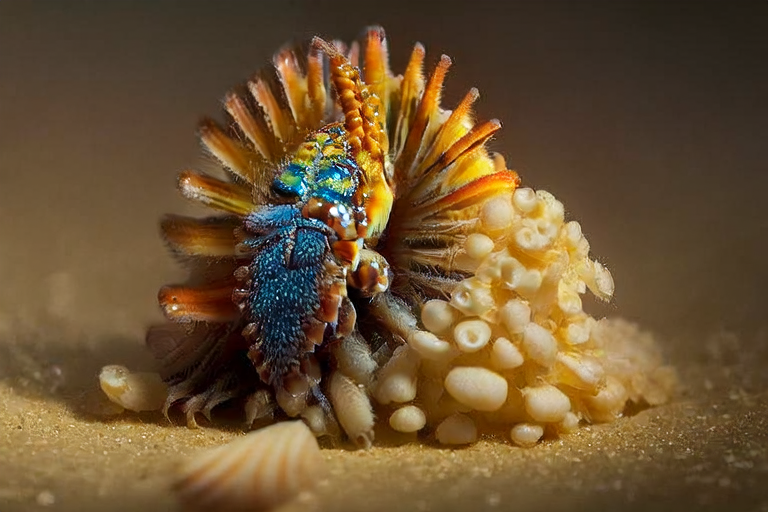Hermit Crab Care: A Complete Guide for First-Time Owners
Introduction to Hermit Crabs
Welcome to the world of hermit crab ownership! These fascinating creatures are becoming increasingly popular as pets due to their unique appearance and relatively low maintenance needs. However, despite their reputation for being easy to care for, hermit crabs require specific conditions to thrive. This comprehensive guide will walk you through everything you need to know about setting up an ideal habitat, providing a balanced diet, monitoring health, understanding behavior, and addressing any potential issues.
Habitat Setup
Choosing the Right Enclosure
The first step in creating a suitable environment for your hermit crab is selecting an appropriate enclosure. Glass aquariums or terrariums with secure lids work best because they allow for proper ventilation while preventing escapes. The size of the enclosure depends on how many hermit crabs you plan to keep; each crab requires at least 10 square inches of space. For multiple crabs, aim for a minimum of 10 gallons per crab.
Substrate
A deep layer (about 4-6 inches) of coconut fiber or sand serves as bedding material that mimics natural beaches. Avoid using calcium sand, crushed coral, or silica-based substrates since these can cause respiratory problems if ingested. Ensure the substrate remains moist but not soggy by misting it regularly with dechlorinated water.
Temperature and Humidity
Maintaining optimal temperature and humidity levels is crucial for hermit crabs’ well-being. Ideal temperatures range between 75°F and 85°F (24°C – 29°C). Use a hygrometer to monitor humidity levels, which should stay between 70% and 80%. Provide heat sources like under-tank heaters or ceramic heat emitters placed outside the tank to achieve these conditions without directly heating the substrate.
